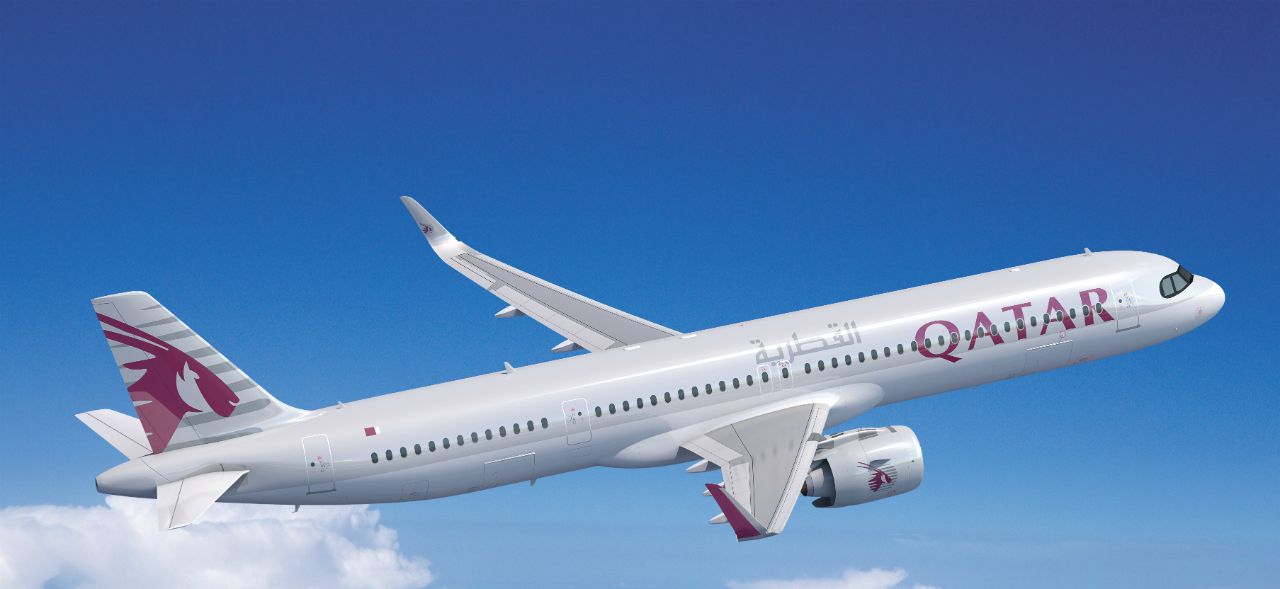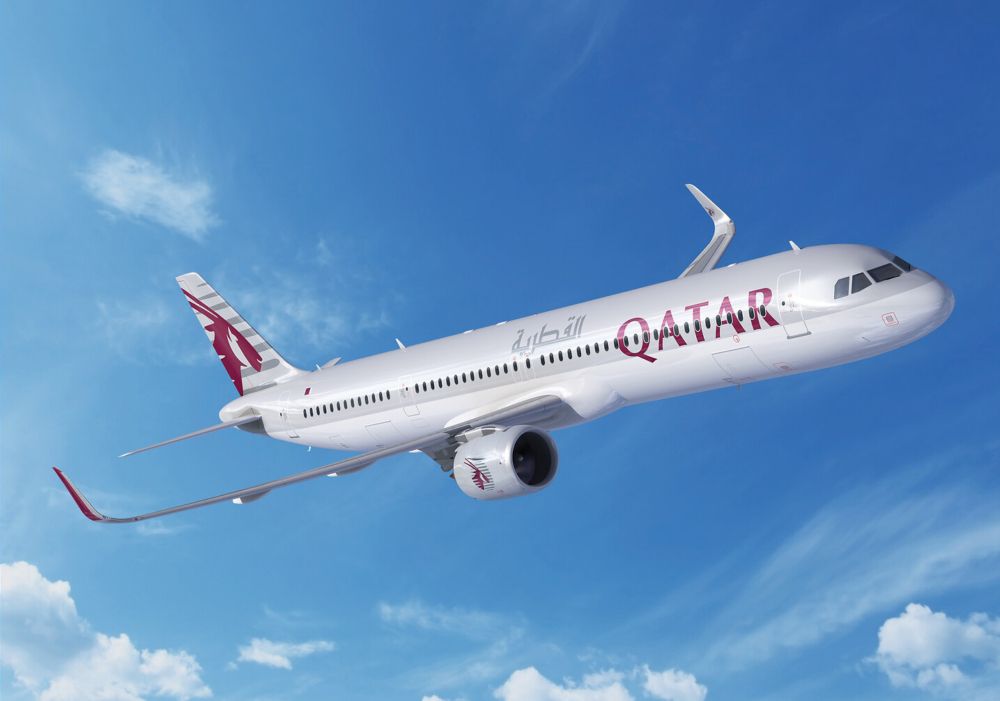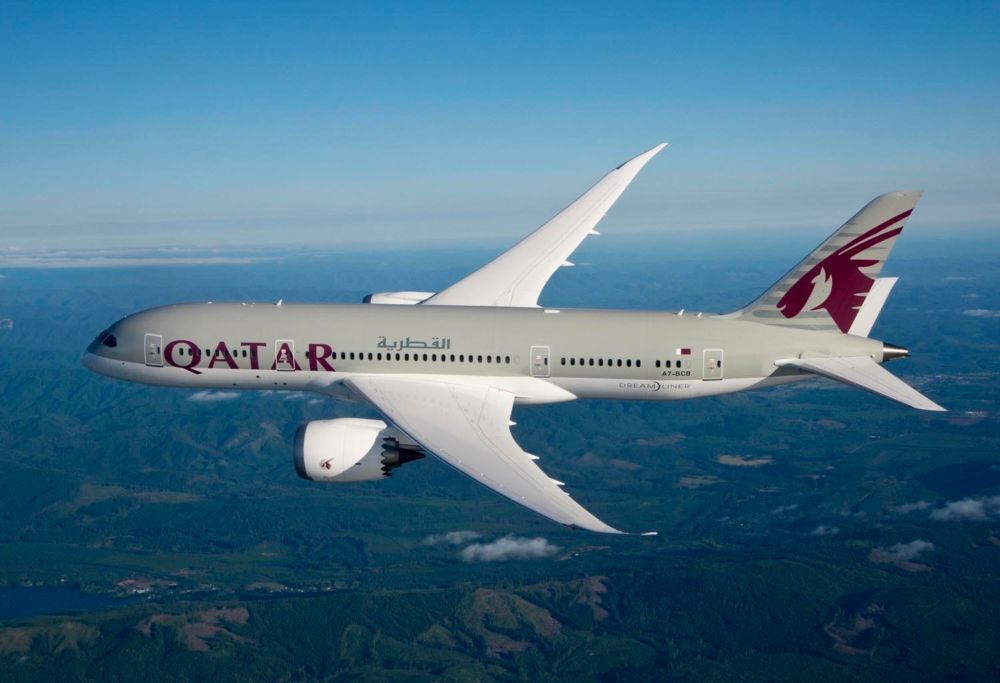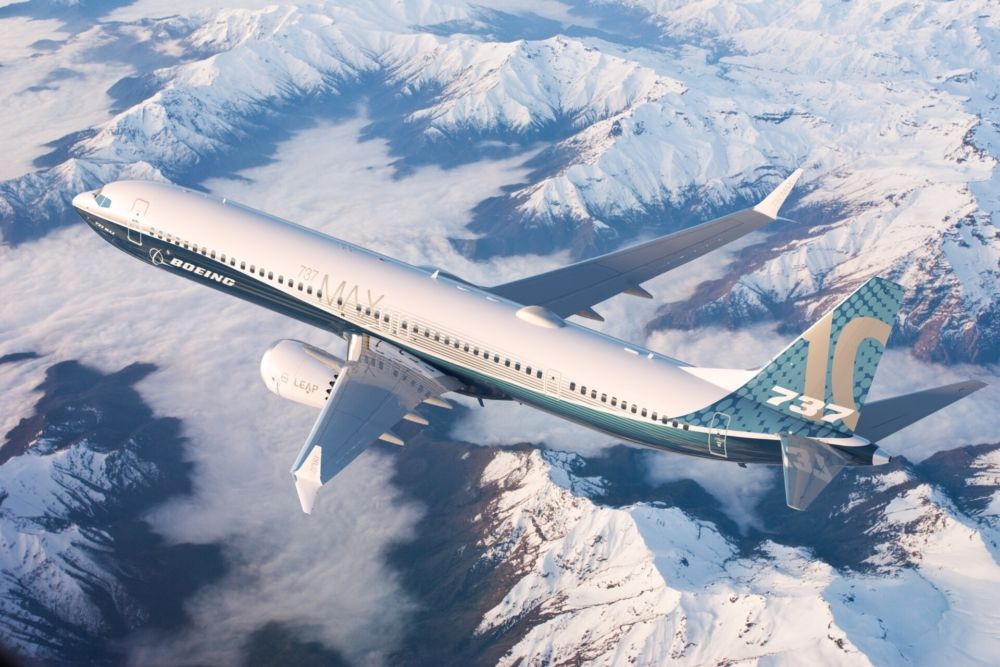As the dispute between Airbus and Qatar Airways intensifies, it seems increasingly likely that the latter will not be placing any new aircraft orders with the former- at least for the foreseeable future. With Airbus' cancelation of Qatar Airways' A321neo order on January 20th, what options does the Middle Eastern carrier have when it comes to filling the gap in its fleet? Let's take a look.
Qatar Airways' A321neo order canceled
Let's take a very quick look at the background of this order cancelation. If you're already familiar with it, just skip down to the next section.
However, if you haven't already heard the big news by now, Airbus has canceled Qatar Airways' upcoming order for 50 A321neos- 10 of which would have been the A321LR. The dispute between the two firms, which originates in a dispute over the seriousness of A350 surface degradation, has escalated significantly in the past few days.
The airline responded to the cancelation of its order by releasing video footage showing what the surface degradation and paint cracking actually looked like. Providing new insight into the extent of the alleged degradation, the footage shows several different types of damage, which appears to have left the lightning protection system and some composite structures exposed to the elements.
The goal of the A321neo (order) at Qatar Airways fleet
At this moment, Qatar Airways has just three Airbus A321s in its fleet- one of which appears to have been parked for several weeks now. These jets are the older -200, or 'ceo' variant, and average 11.5 years of age.
These jets are deployed on 'skinny,' lower-demand medium-range services from Doha and include destinations like Belgrade, Sofia, Istanbul, Colombo, Tbilisi, Medina, Larnaca, Bahgdad, Najaf, and more. Belgrade and Colombo appear to be on the further end of the A321's deployments, which exceed flight durations of five hours.
The jets are also used for routes where demand may be higher in some seasons (or even days of the week) but lower at other times, requiring downsized capacity. Mumbai and Athens are two examples where the airline would deploy larger, widebody jets like the Boeing 787 or 777, or Airbus A330 or A350 when demand allows.
Thus the goal of the A321neo order at Qatar Airways was to not only replace these aging jets and provide lower seat costs on the same routes but to also take these concepts even further. The new and improved version of the A321 offered notable gains in efficiency as well as range, while its LR variant offered an even greater range.
In the 2019 statement regarding its order, Qatar Airways said that it would use the A321LR to connect Doha to "new growing markets" where demand was insufficient for a widebody. Alternately, the jets would fly where the airline's current narrowbodies (A320/A321) are unable to reach, with the airline stating:
“Alternatively, the new aircraft will be adopted to provide additional frequencies on existing Qatar Airways routes, giving our loyal passengers more choice and flexibility when they travel.”
Stay informed: Sign up for our daily and weekly aviation news digests.
So now what?
With Qatar Airways' A321neo order now canceled, what options are on the table for the airline? Firstly, the airline may want to keep its existing fleet of Airbus A321s around longer to continue filling the gap of medium-range, low-demand operations. However, if it wants to modernize the fleet and improve efficiencies, the options seem limited.
The A321neo's size means that the aircraft is suitable for carrying as many as 244 passengers to a maximum range of 4,000 nautical miles. If we look at alternatives purely in terms of size, there are only two non-Airbus competitors:
- The soon-to-be-certified Boeing 737 MAX 10, which has a maximum capacity of 230 passengers
- And the Boeing 787-8, which has a two-class capacity of 248, but a much higher one-class capacity of 359, with an even higher exit limit.
This puts the airline in a tough spot. The MAX 10 has slightly reduced capacity as well as a slightly reduced range of 3,300 nautical miles. At the same time, while the 787-8 can fly over 7,000 nautical miles, it also far exceeds the size of the A321neo by over 100 passengers. Perhaps highlighting yet again the need for Boeing to offer a mid-size aircraft.
Of course, if we had to choose between the two, it would seem that the Boeing 737 MAX 10 would fit Qatar Airways' operational requirements the best, and in most cases, where its A321s are currently deployed.
The unlikely options
The far less likely option could be for Qatar Airways to simply acquire A321neos from aircraft lessors. However, while this would essentially suit the airline's operational goals perfectly, it's extremely difficult to imagine that the carrier would want to swallow its pride to do so, as even leasing Airbus aircraft would appear to be an endorsement of the European planemaker. Indeed, at this point in the intense dispute, it appears that Qatar Airways is headed towards becoming an all-Boeing carrier.
Some aviation commentators have suggested that the dispute will drive the airline to seek upcoming Chinese and Russian alternatives. At the moment, neither country offers aircraft that are similarly sized to the A321neo. Even if they did, going this route appears to be the longest of long-shots considering the fact that these aircraft are relatively unproven and largely uncertified around the world in many of the markets that the airline hopes to serve.
What option do you think is best for Qatar Airways? Let us know by leaving a comment.




